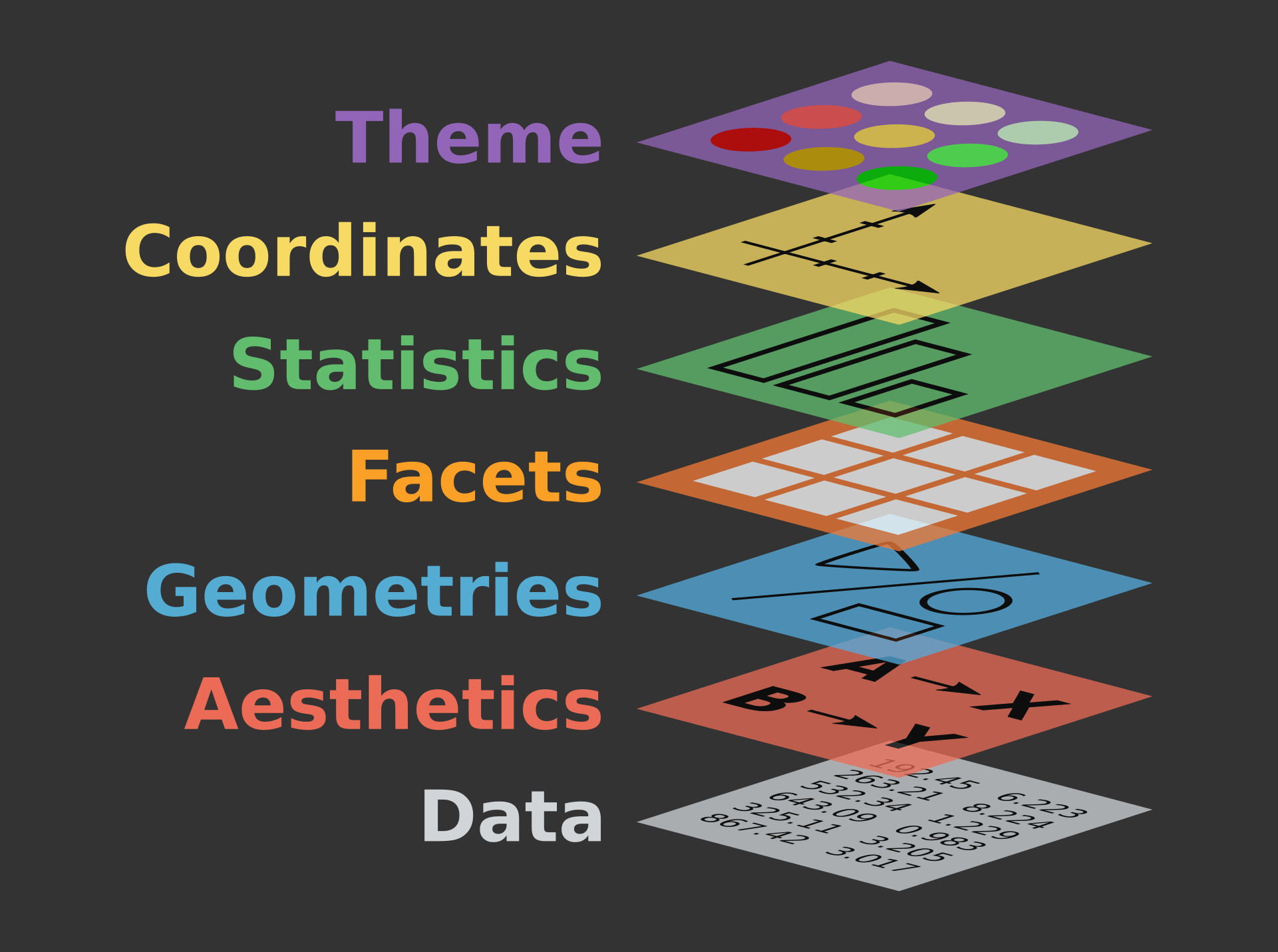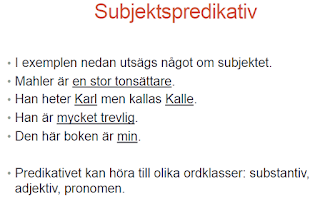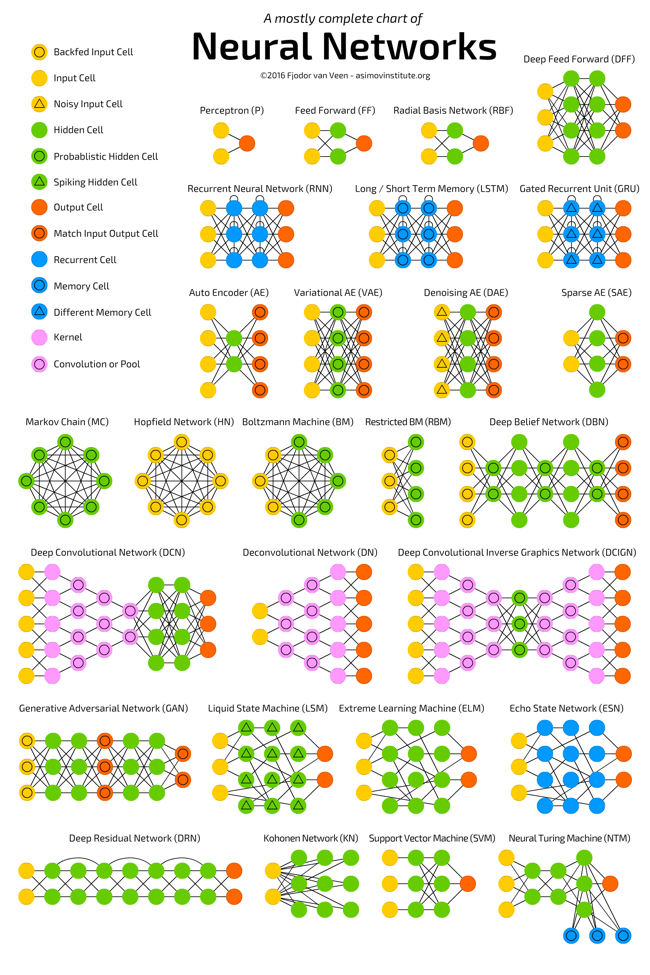

Video: Grammar of Graphics separates.

Picture: Gestalt principles
-------
Satsdelar
1. Event-verb-sentence
Picture: How
to Decipher an Event-sentence
Predicate: the event (vad händer)
Subject: someone/something… = utförare/activator for the event
Direct/Accusative-object: the (verkans)-object (what/who) that is changed
Indirect/Dative-object: for who ? the beneficiary for the event = stakeholder
Adverbial = Event-attribute (preciserar verb, såsom adjektiv för substantiv)
Subject: someone/something… = utförare/activator for the event
Direct/Accusative-object: the (verkans)-object (what/who) that is changed
Indirect/Dative-object: for who ? the beneficiary for the event = stakeholder
Adverbial = Event-attribute (preciserar verb, såsom adjektiv för substantiv)
a) dimensions: when/where/how/why
(why=the reason)
b) measures: how much/many (measure-adv.)
c) perception: how something is perceived;
f.ex. beautiful, intensive (sätts-adv.)
+gradient: how much/little; very beautiful (grad-adv.)
+gradient: how much/little; very beautiful (grad-adv.)
d) judgement: f.ex. maybe, surely, not, …
(sats-adverbial)
Adverb express verb-properties. F.ex. he
runs fast. run=verb, fast=adverb.
It answer a question of how. F.ex. how does he run? Fast.
Adjective (adnoun) express noun properties. F.ex. how is the apple?
It answer a question of how. F.ex. how does he run? Fast.
Adjective (adnoun) express noun properties. F.ex. how is the apple?
 |
Modality express a person’s judgement about
an event; how sure a current/future state/event/will is.
|
2. State/tillstånds-verb-sentence
Predicate-filling
a) Event-verb-sentence:
Mahler sings. Sentence ok.
Mahler sings. Sentence ok.
b) State/tillstånds-verb-sentence:
Mahler är (is)… här behövs predikats-fyllnad.
Han heter (is called)… - ‘’ - (subjekts-pf)
Lisa kallar honom… - ‘’ - (objekts-pf)
Mahler är (is)… här behövs predikats-fyllnad.
Han heter (is called)… - ‘’ - (subjekts-pf)
Lisa kallar honom… - ‘’ - (objekts-pf)
Picture: How to Decipher an Definition-sentence (link)
Predikats-fyllnad
(=complement): Is/Is-Named
----

----
Input --> Process --> Output
---
WordNet: organised by Meaning (or relation)

 Nouns
Nouns- hypernyms: Y is a hypernym of X if every X is a (kind of) Y
(canine is a hypernym of dog) - hyponyms: Y is a hyponym of X if every Y is a (kind of) X
(dog is a hyponym of canine) - coordinate terms: Y is a coordinate term of X if X and Y share a hypernym
(wolf is a coordinate term of dog, and dog is a coordinate term of wolf) - meronym: Y is a meronym of X if Y is a part of X
(window is a meronym of building) - holonym: Y is a holonym of X if X is a part of Y
(building is a holonym of window)
Verbs
- hypernym: the verb Y is a hypernym of the verb X if the activity X is a (kind of) Y
(to perceive is an hypernym of to listen) - troponym: the verb Y is a troponym of the verb X if the activity Y is doing X in some manner
(to lisp is a troponym of to talk) - entailment: the verb Y is entailed by X if by doing X you must be doing Y
(to sleep is entailed by to snore) - coordinate terms: those verbs sharing a common hypernym
(to lisp and to yell)
Adjectives specifies a none (object) via comparisons/contrastations or e-valuation.
Adverb specifies a verb (event) via an answer to how/when/where/what way questions.---
Social groups & Value-based words (Norsk Monitor, SlidePlayer):







No comments:
Post a Comment